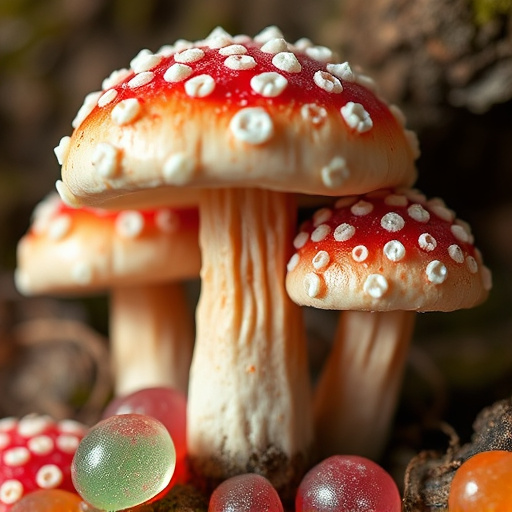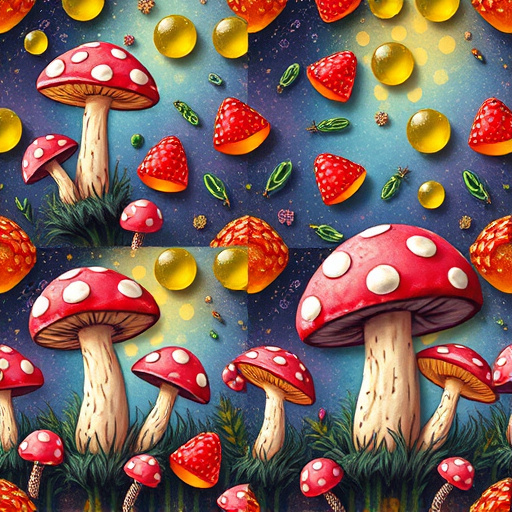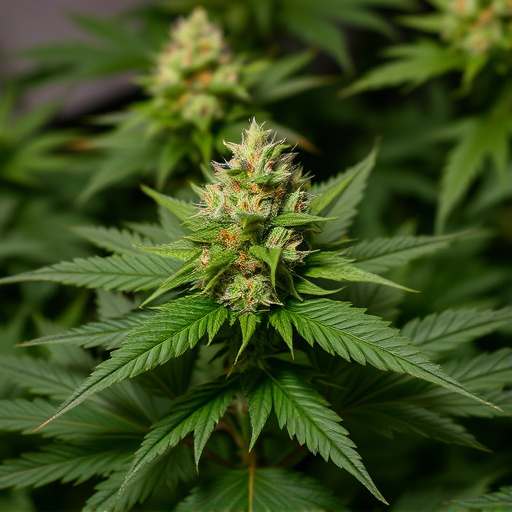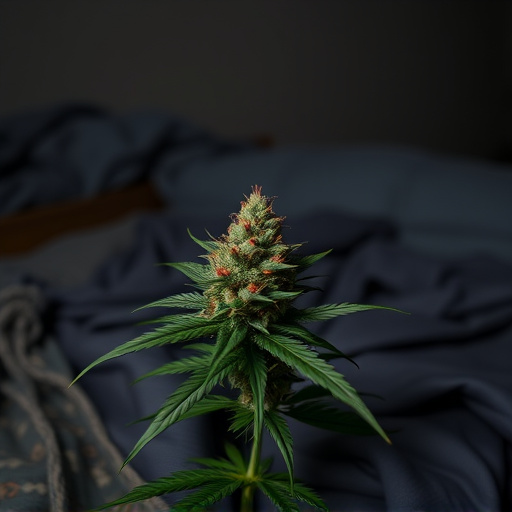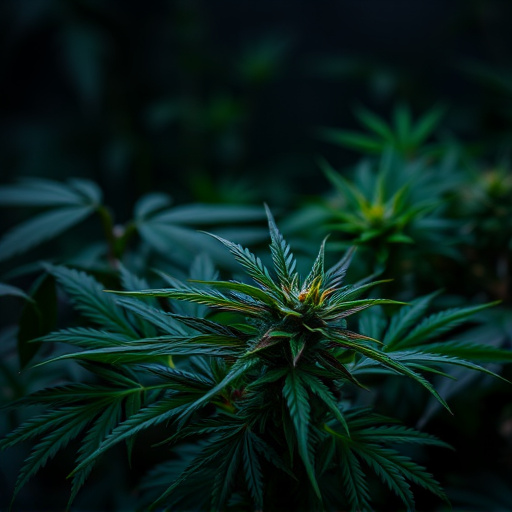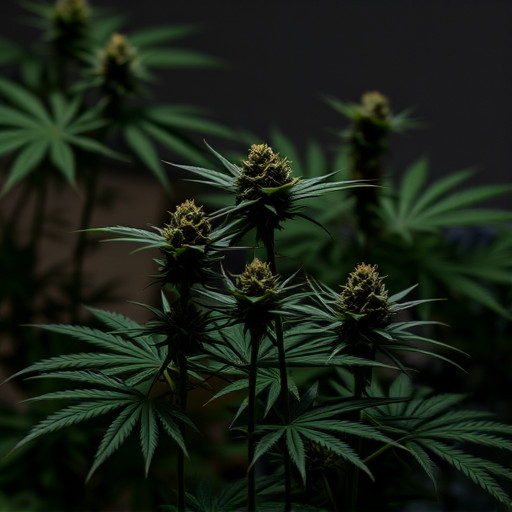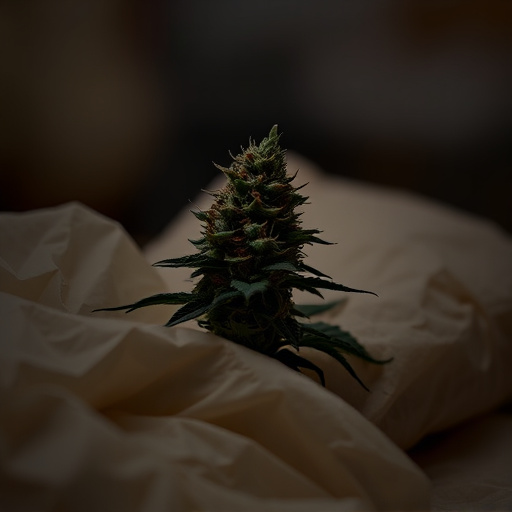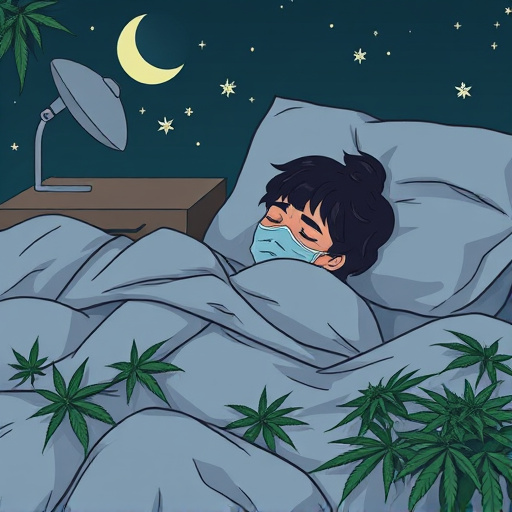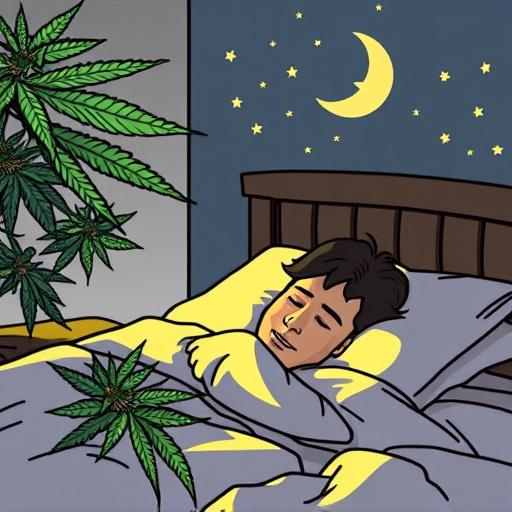Vaporizing cannabis offers a clean method of consumption for treating insomnia, with specific strains and temperature control playing key roles. Indica strains, rich in THC, are ideal at lower temps (175°C – 185°C) for relaxation. Sativa blends, higher in CBD, require higher temps (above 190°C) to release therapeutic terpenes. Handheld vaporizers cater to personal preferences, offering tailored insomnia relief with natural cannabis remedies.
Unwind and elevate your sleep with the power of vaporization. This guide explores the optimal vaporizing temperatures for weed, specifically tailored to alleviate insomnia. We delve into the science behind vaporization, understanding how it interacts with cannabis to provide a soothing experience. Factors influencing temperature settings are examined, along with recommendations for cannabis strains renowned for their insomnia-relieving properties. Discover the perfect harmony of heat and herb for a peaceful night’s rest.
- Understanding Vaporization and Cannabis for Insomnia
- Factors Influencing Optimal Vaporizing Temperatures
- Exploring Cannabis Strains for Insomnia Relief
Understanding Vaporization and Cannabis for Insomnia

Vaporization, a popular method of consuming cannabis, offers a clean and efficient way to enjoy its therapeutic benefits. Unlike smoking, it minimizes the risk of respiratory issues by avoiding the combustion process, which can introduce harmful chemicals into the body. When it comes to addressing insomnia, specific cannabis strains have gained attention for their potential to induce relaxation and promote restful sleep.
Cannabis plants contain various chemical compounds, including cannabinoids like THC (tetrahydrocannabinol) and CBD (cannabidiol), each with unique effects on the body and mind. THC is known for its intoxicating properties, often associated with feelings of euphoria and relaxation, making it a potential aid for anxiety and insomnia. On the other hand, CBD has gained popularity as a non-intoxicating option with calming properties that may help alleviate stress, anxiety, and improve overall sleep quality. Exploring cannabis strains with higher CBD content or specific blends tailored to insomnia can be a game-changer for those seeking natural remedies for sleep disorders.
Factors Influencing Optimal Vaporizing Temperatures
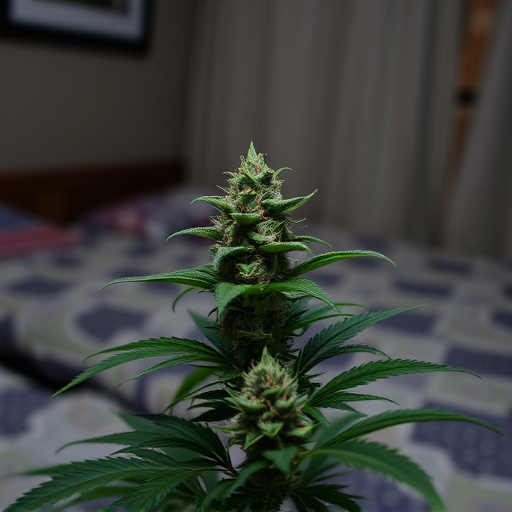
The optimal vaporizing temperature for cannabis, especially for strains often used to treat insomnia, is a delicate balance influenced by several factors. First, different cannabis strains have unique chemical profiles; thus, their ideal vaporization temperatures can vary. For instance, Indica strains, known for their sedative properties, are typically vaped at lower temperatures (around 175°C – 185°C) to preserve the more volatile cannabinoids like THC that contribute to relaxation and sleepiness. In contrast, Sativa strains, which may induce energy and focus, often require slightly higher temperatures (above 190°C) to release their characteristic terpenes and a broader range of cannabinoids.
Another critical factor is personal preference and desired effects. Some users prefer a smoother, more subtle experience offered by lower temperatures, while others seek a more intense high from higher temperature vaporization. Additionally, the method of consumption affects temperature needs; handheld vaporizers generally allow for more control over heat settings compared to desktop models, catering to individual strain preferences and sleep-aid requirements for cannabis strains targeted at insomnia.
Exploring Cannabis Strains for Insomnia Relief
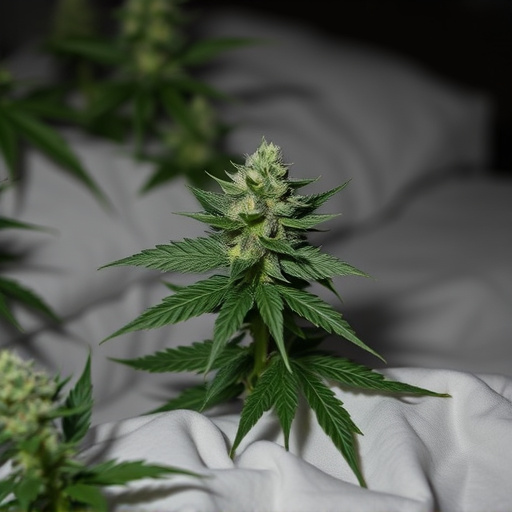
Cannabis has gained popularity as a natural remedy for various ailments, including sleep disorders such as insomnia. Exploring cannabis strains specifically designed to promote relaxation and induce sleep can be beneficial for those seeking relief from insomnia. Different strains have unique chemical profiles, with specific cannabinoids like THC and CBD having distinct effects on the body and mind.
THC, known for its psychoactive properties, can aid in relaxing the mind and body, potentially alleviating anxiety and stress that often accompany insomnia. On the other hand, CBD, non-intoxicating and renowned for its calming effects, may help reduce insomnia symptoms without causing a “high.” Some cannabis strains are carefully cultivated to have higher levels of these cannabinoids, offering a promising natural alternative for managing sleep issues.
Vaping cannabis as a treatment for insomnia has shown promising results, with specific temperature settings and strain choices playing key roles in achieving optimal effects. By understanding the factors that influence vaporizing temperatures and exploring suitable cannabis strains for insomnia relief, individuals can navigate the world of medical marijuana effectively. Remember that finding the right balance between temperature and strain is essential to unlocking the full potential of cannabis as a holistic remedy for sleep disturbances.
